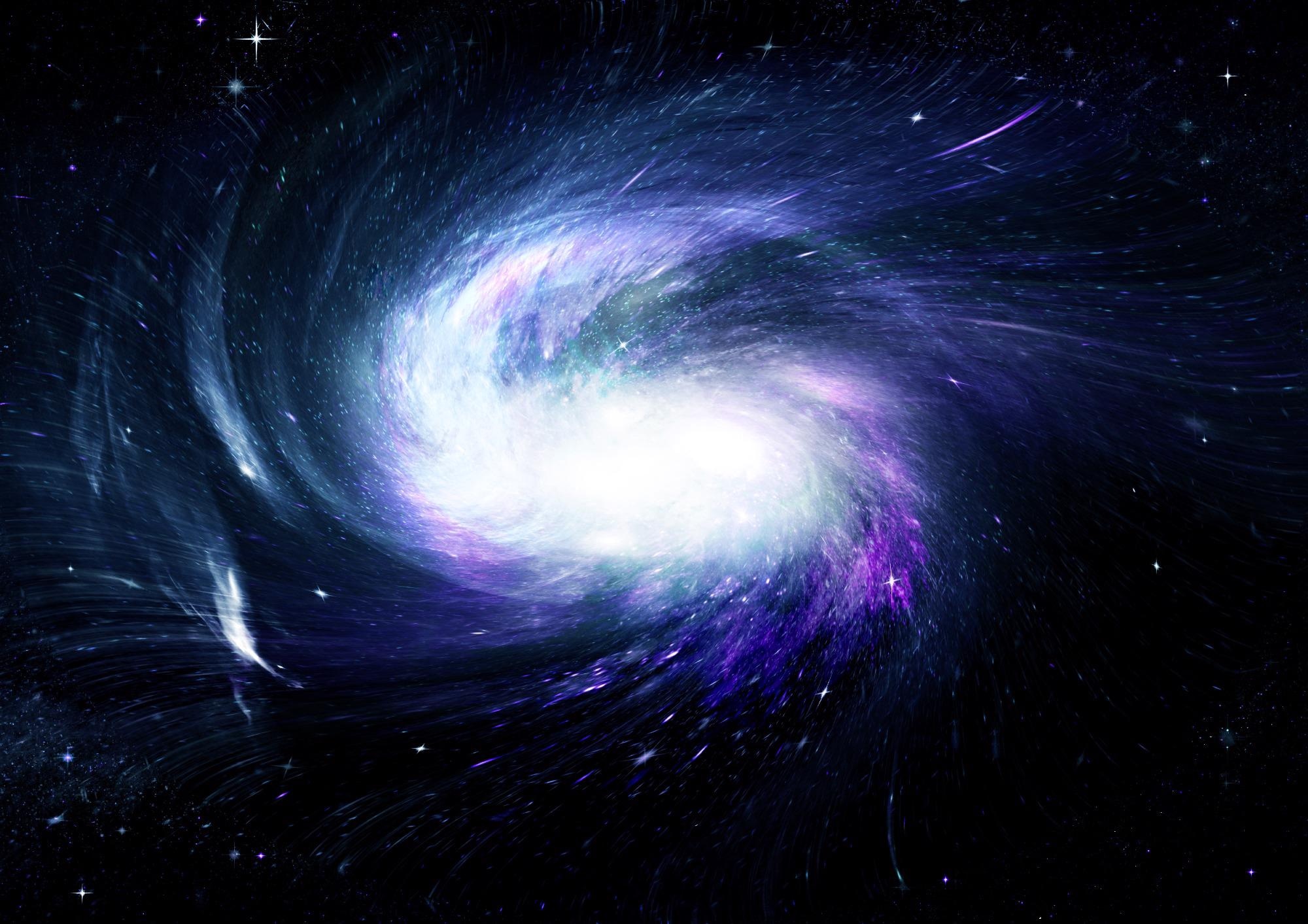Jun 30 2021
Scientists widely recognize that dark Energy is the force that drives the accelerating expansion of the universe. They have also proposed various theories to explain its elusive nature.

Image Credit: Shutterstock.com/ zhennet
According to the predictions of these theories, its impact on quantum scales should be negligibly small, and experiments thus far have not been sufficiently precise to verify or discredit them.
A new study by a team of researchers led by Hartmut Abele at TU Wien in Austria demonstrates a robust experimental method for analyzing a similar theory that involves using ultra-cold neutrons.
The study was published in EPJ Special Topics. The approach is known as “Gravity Resonance Spectroscopy” (GRS) and could enable researchers to reach a step closer to understanding one of the greatest mysteries in cosmology.
Scientists earlier proposed phenomena called “scalar symmetron fields” as a promising candidate for Dark Energy. If these fields exist, they will be much weaker than gravity — which is currently the weakest fundamental force that physicists know.
Thus, looking for highly subtle anomalies in the behaviors of quantum particles confined in gravitational fields could enable researchers to experimentally prove the occurrence of these fields.
Ultra-cold neutrons in a gravitational field can take various discrete quantum states, which differ based on the field strength. Using GRS, these neutrons are driven to reach higher-energy quantum states by the finely adjusted mechanical oscillations of a near-perfect mirror. Any deviation from the predicted values for the differences in energy between these states could denote the impact of Dark Energy.
As part of their study, Abele and colleagues developed and demonstrated a GRS experiment called “qBOUNCE,” which was based on an approach called Ramsey spectroscopy. This involves making neutrons in an ultra-cold beam move to higher-energy quantum states — before any unwanted states are scattered away and the remaining neutrons in a detector are picked up.
Accurate measurements of the differences in energy between specific states enabled the researchers to place more stringent bounds on the parameters of scalar symmetron fields. Their approach now opens the door for more accurate searches for Dark Energy in future studies.
Journal Reference:
Jenke, T., et al. (2021) Gravity resonance spectroscopy and dark energy symmetron fields. The European Physical Journal Special Topics. doi.org/10.1140/epjs/s11734-021-00088-y.